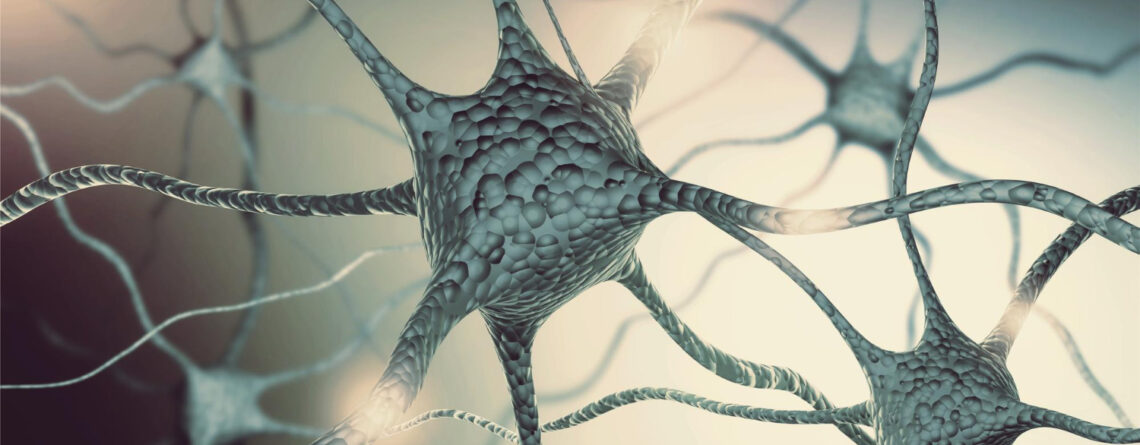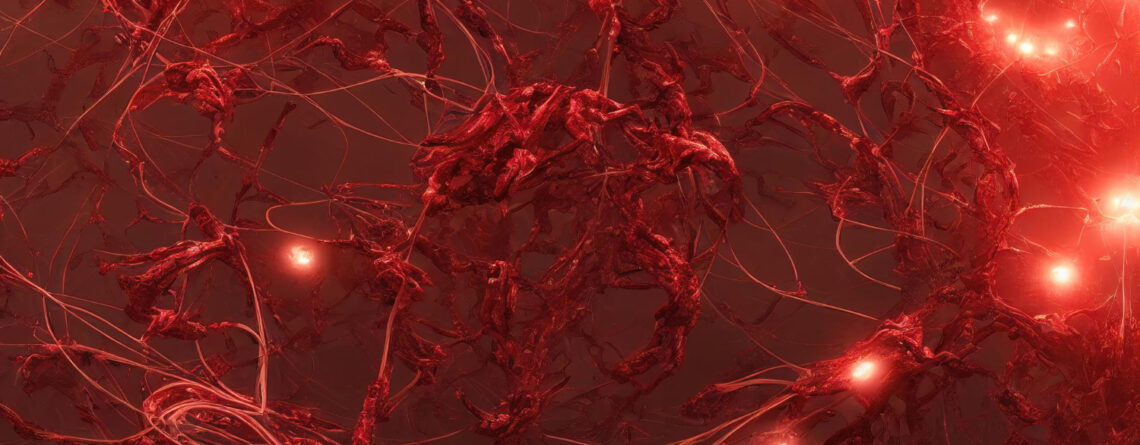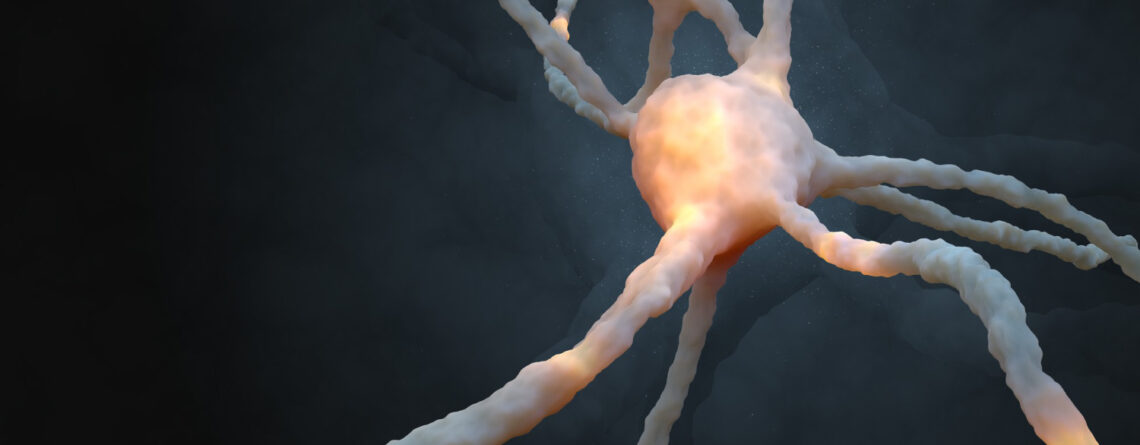Peripheral nerve neoplasms are non-tumor processes that directly affect the peripheral nerve trunk or its nerve sheaths. This is a rather rare nervous system pathology. It occurs in people of any age, but more often in adults than in children. The most frequent localization of such neoplasms is median, ulnar, femoral, and fibular nerves. The first manifestations of peripheral nerve damage are numbness feeling, "tingles crawling" on the skin, tingling, burning pain, muscle weakness in affected area.
If you notice the corresponding symptoms, seek professional help from Oncology Department doctors Maimonides Multidisciplinary Medical Center. Our Center works in close cooperation with the best oncology clinics in Israel. The project on adult oncology is headed not only by the head of department in Maimonides Clinic, Dr. Stefanska Iryna, but also a responsible Israeli highly qualified specialist in adult oncology field. Each individual clinical case is monitored not only by the attending oncologist, but also by the head of department and responsible Israeli oncologist. Thus, in Ukrainian conditions, you can get access to the highest quality Israeli medicine.

Any oncological diseases, including peripheral nerve tumors, are complex diseases. To help a patient effectively, one oncologist is not enough. Therefore, a whole specialists multidisciplinary team works on each individual clinical case – oncologists, neurologists, neurosurgeons, radiation therapists, chemotherapists, angiosurgeons, rehabilitators, physical therapists and many other narrow specialists who are involved in the treatment process as necessary.
Maimonides Medical Center works under the patronage of “Keren Or for our Child” the Charitable Foundation, so every seriously sick patient can count on financial assistance to pay for part of the treatment or entire therapy course.
Causes and symptoms of peripheral nerve tumors
The direct cause of any tumors development is uncontrolled cells growth and divisionthat are part of nerve structure. Tumorigenesis causes of normal healthy nerve fibers cells are currently unknown. There is a hypothesis about oncogenic effect of radiation and some chemicals, and polluted environment. A number of researchers talk about the role of a biological factor – viral agents negative impact on certain tissues in human body. In addition, immunodeficiency states have a negative impact.
The provoking factor for the start of nerve cells uncontrolled growth and division can be its traumatic damage. Hereditary predisposition to tumors appearance also plays a significant role. It has been established that patients with neurofibromas and Recklinghausen's disease (neurofibromatosis) have gene mutationsthat cause factor deficiency that suppresses Schwann cells tumor transformation.
In the early neoplasms stages of peripheral nerve fibers, they usually do not manifest themselves. Slow development of tumor process is typical. When the small branches of nerve trunks are affected, clinical manifestations may be completely absent throughout the course of the disease.
Peripheral nerves benign tumors manifest themselves as dense malformations that can be palpated independently. As a rule, in initial stages they do not cause any symptoms. In future, in affected nerve innervation zone, paresthesias are most often observed – tingling sensations or "tingles crawling". Tapping or palpating the tumor area causes increased sensitivity.
Distinctive features of nerve benign neoplasm are its mobility in relation to adjacent tissues (tumor is not fused with surrounding tissues). Neurological deficiency (numbness, muscle weakness) occurs in the later stages of disease. It is caused by a violation of impulses conduction in nerve affected area when the tumor reaches a significant size and compress nerve fibers.
Malignant tumors of peripheral nerves are characterized by an intense pain syndrome, which is aggravated by tapping and/or palpation along the course of nerve fiber. In nerve trunk innervation zone affected by a malignant tumor, there is a neurological deficit – decrease in strength of innervated muscles (paresis), hypoesthesia (numbness, skin reduced pain and tactile sensitivity), trophic changes (skin paleness, its thinning, chills, increased skin susceptibility to wounds development). With the malignant nature of peripheral nerve neoplasm, it is tightly welded to adjacent tissues and does not move relative to them.

Diagnosing methods of peripheral nerves tumors
Quick and accurate diagnosis is more than half of success in disease treatment, especially an oncological one. In our department, every patient gets access to modern, highly accurate, fast and comfortable diagnostic procedures. The initial stage is, of course, a doctor's examination. Our specialist will collect all complaints, assess the history of life and illness, thoroughly examine the patient in general and from neurological side, and make up a plan for follow-up examinations based on received information.
If tumor is localized in accessible for palpation place, the probable diagnosis can be determined by a neurologist already after examination. For its clarification, as well as in case of a deep neoplasm location, ultrasound, CT and MRI of soft tissues are necessary. If metastases are suspected, patient may be prescribed a whole-body scanning technique – PET-CT or PET-MRI.
Modern methods of medical imaging allow us to examine the tumor accurately and in detail, determine its borders, sizes, and make assumptions about tumor type.
In order to assess neurological deficit degree in affected area of nerve, electroneurography (ENG) and electromyography (EMG) are provided.
Peripheral nerve tumors biopsy puncture is not conducted, as this procedure provokes neoplasm accelerated growth and malignancy. Histological examination is possible only when a tumor tissue sample is taken during surgery to remove it. All tissue samples of our patients are sent abroad for revision to the best pathohistological laboratories in Germany, USA and Israel. Thanks to such double checks, we are absolutely sure of diagnosis correctness and selected treatment tactics.
Molecular diagnostics (molecular genetic research) is an integral part of oncological diseases modern diagnostics. In peripheral nerve tumors, it is rarely used. As a rule, only when malignant neurogenic sarcoma is suspected. The direct cause of many tumors is certain gene mutation, due to which it begins to function incorrectly, and a cell with such mutation acquires signs of malignancy and ability to divide and grow uncontrollably. Thanks to molecular genetic diagnostics, it is possible to find these mutations and choose the most effective therapy regimens, because the response to certain drugs effect depends on mutations type. One such test system for molecular genetic testing is the Foundation One panel and Caris Molecular Testing. All patients of our clinic have the opportunity to perform these modern diagnostic tests.

Peripheral nerve tumors modern treatment
he main advantage of treatment at Maimonides Clinic is a comprehensive approach to each individual clinical caseAs a rule, therapy scheme includes a combination of several effective treatment methods, which significantly improves long-term results and prognosis. Treatment complex may include tumor surgical removal, radiation therapy, chemotherapy, targeted therapy, modern immunobiological drugs application and other treatment methods, depending on case. Patient can receive help from any specialist – oncologist, neurosurgeon, plastic surgeon, neurologist, etc. Also, all medical and diagnostic procedures can be provided in Ukraine, there is no need to go abroad. If a certain narrow specialist or diagnostic equipment is not available at Maimonides Medical Center, patient can be referred to affiliated medical centers or our Israeli partner clinics with consent.
The main treatment method of peripheral nerve trunks neoplasms is tumor radical surgical removal. However, taking into account frequent recurrence of such malformations and surgical intervention traumatic nature, neurosurgeons recommend providing surgery only if there are absolute indications. That includes:
- intense pain syndrome,
- marked conduction disturbance along affected nerve,
- vascular bundle compression by tumor, which leads to limb ischemia.
In the case of Recklinghausen's neurofibromatosis decision to provide surgery is most often negative, since neurofibroma removal most often leads to its recurrence and provokes other existing tumors growth.
Surgical interventions or benign neoplasms are divided into 3 types:
- tumor excision,
- tumor resection together with nerve trunk area,
- nerve marginal resection with a tumor.
The last two methods are provided with sutures on nerve trunk. In some cases, it forms a large defect during nerve trunk section excision wich makes it impossible to perform a suture and requires nerve plastic surgery. Our neurosurgeons master all indicated surgical techniques.

In case of neoplasm malignancy signs, detected by surgeon directly during surgery, diagnosis is confirmed by ntraoperative express biopsy results . If, according to such biopsy results, tumor turns out to be malignant, excision of nerve with tumor is provided within healthy tissues. In advanced cases, limb amputation may be necessary.
After surgery in case of malignant neoplasm patient is prescribed a course of radiation therapy and/or chemotherapy.
Radiation therapy can be remote, when the source of radiation is outside body (modern devices for remote radiation therapy – linear accelerators), it can also be contact, when radioactive material is placed in a capsule and implanted directly into tumor (brachytherapy). The second method has significant advantages – ionizing radiation acts directly on pathological focus, while negative impact on surrounding healthy tissues is minimal, which is why the small number of contact radiation therapy side effects is connected.
The basis of drugs that inhibit tumor cells growth and reproduction . In our clinic, only modern, effective and safe chemotherapy drugs from the most popular manufacturers are used. So we are sure of treatment regimen effectiveness and its relative safety. Chemotherapy for tumors of peripheral nerves is used only in complex treatment when neoplasm malignant nature is confirmed.
In some cases, malignant nerve tumors treatment can be supplemented with innovative methods (targeted drugs, immunobiological drugs, etc.) or even experimental methods that are at the stage of clinical research. All our patients have the opportunity to participate in such studies absolutely free of charge.
